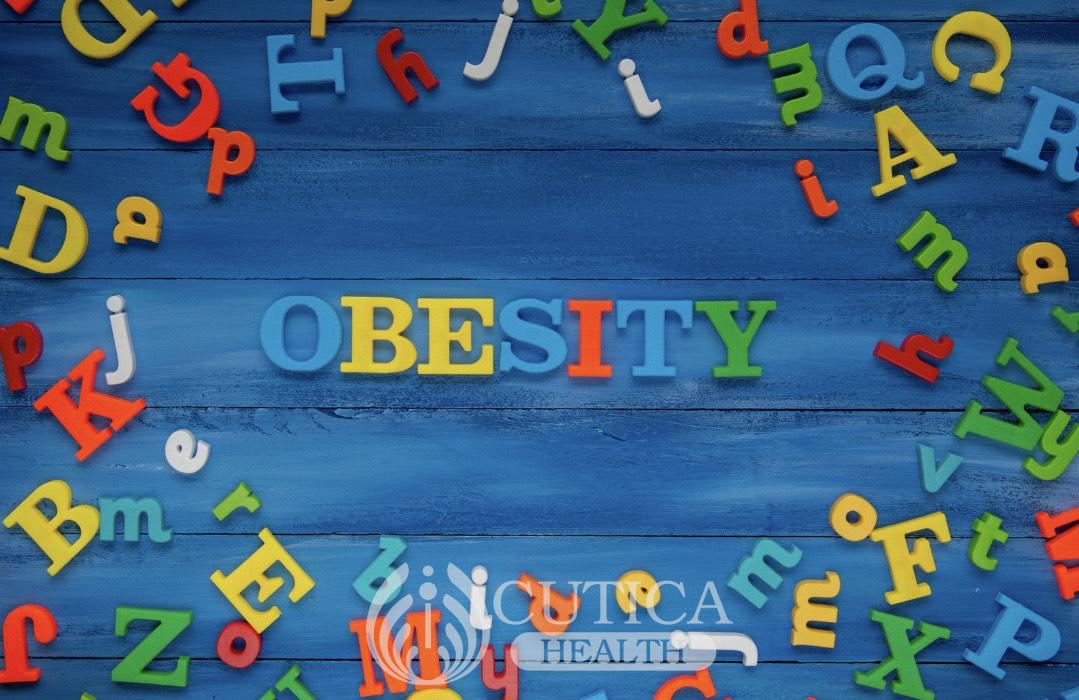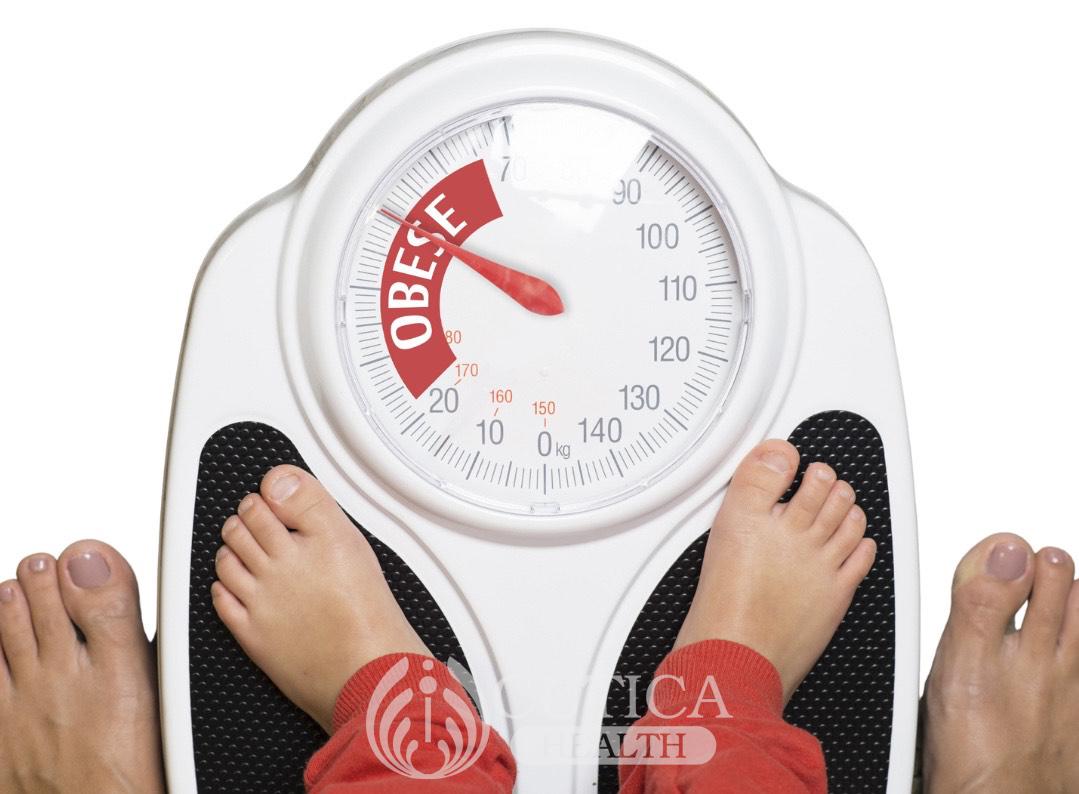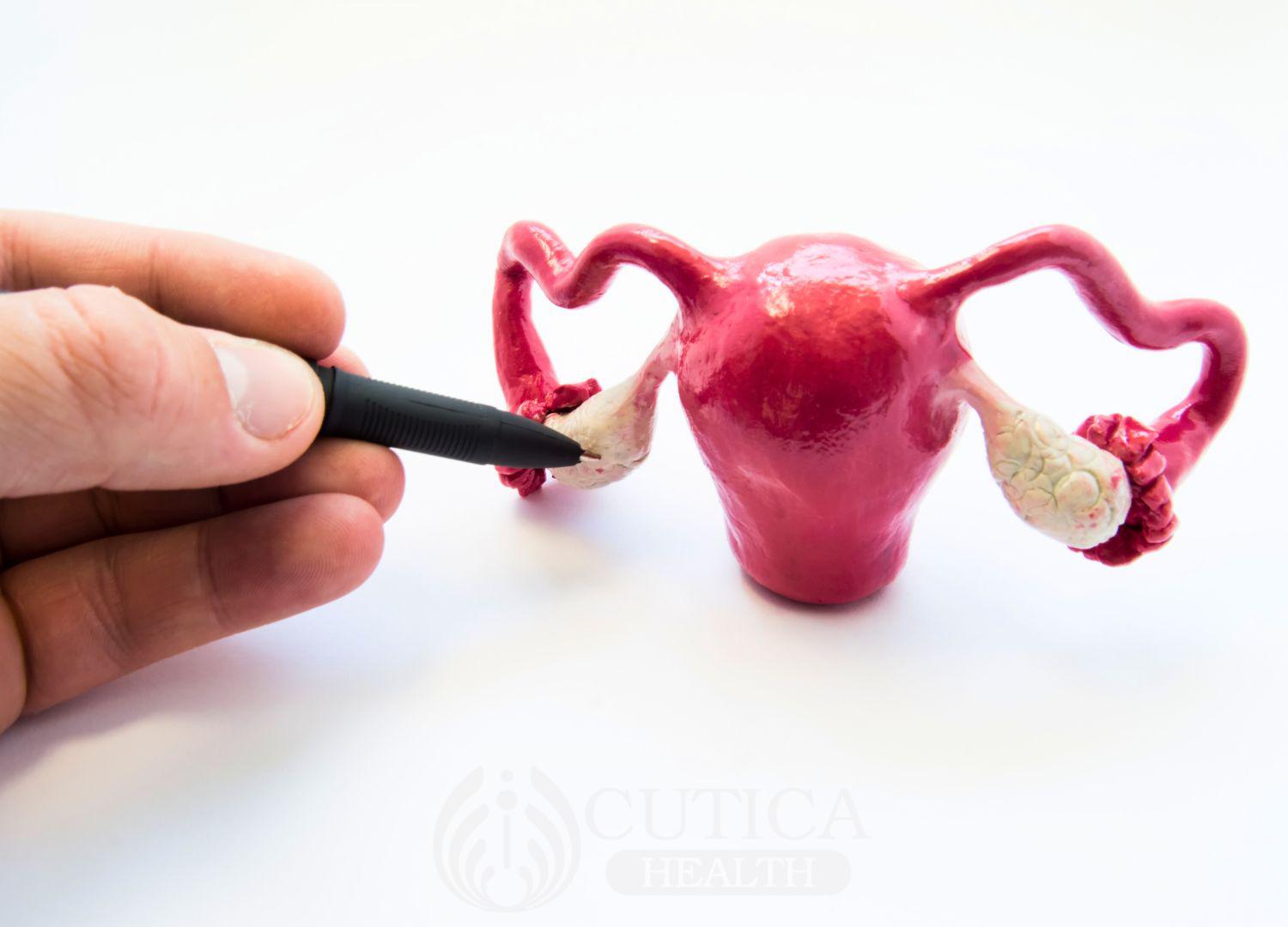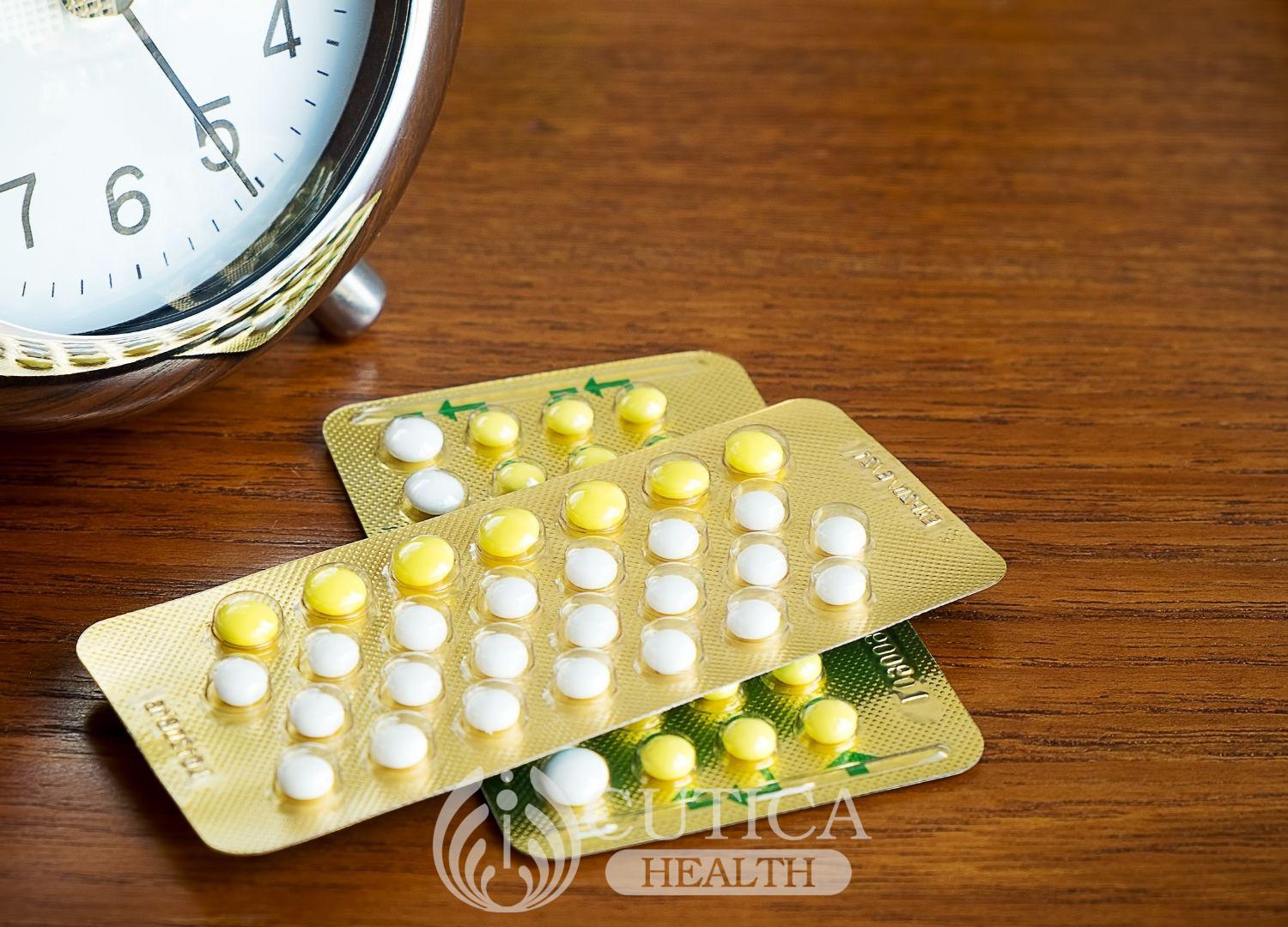
Larry, a 62-year-old man, had been experiencing some back and neck pain, coupled with a bent posture. He seemed to have reduced in height also.
He wondered what could be the cause. He knew it was time to seek medical help, and at the hospital, he was found to have osteoporosis. 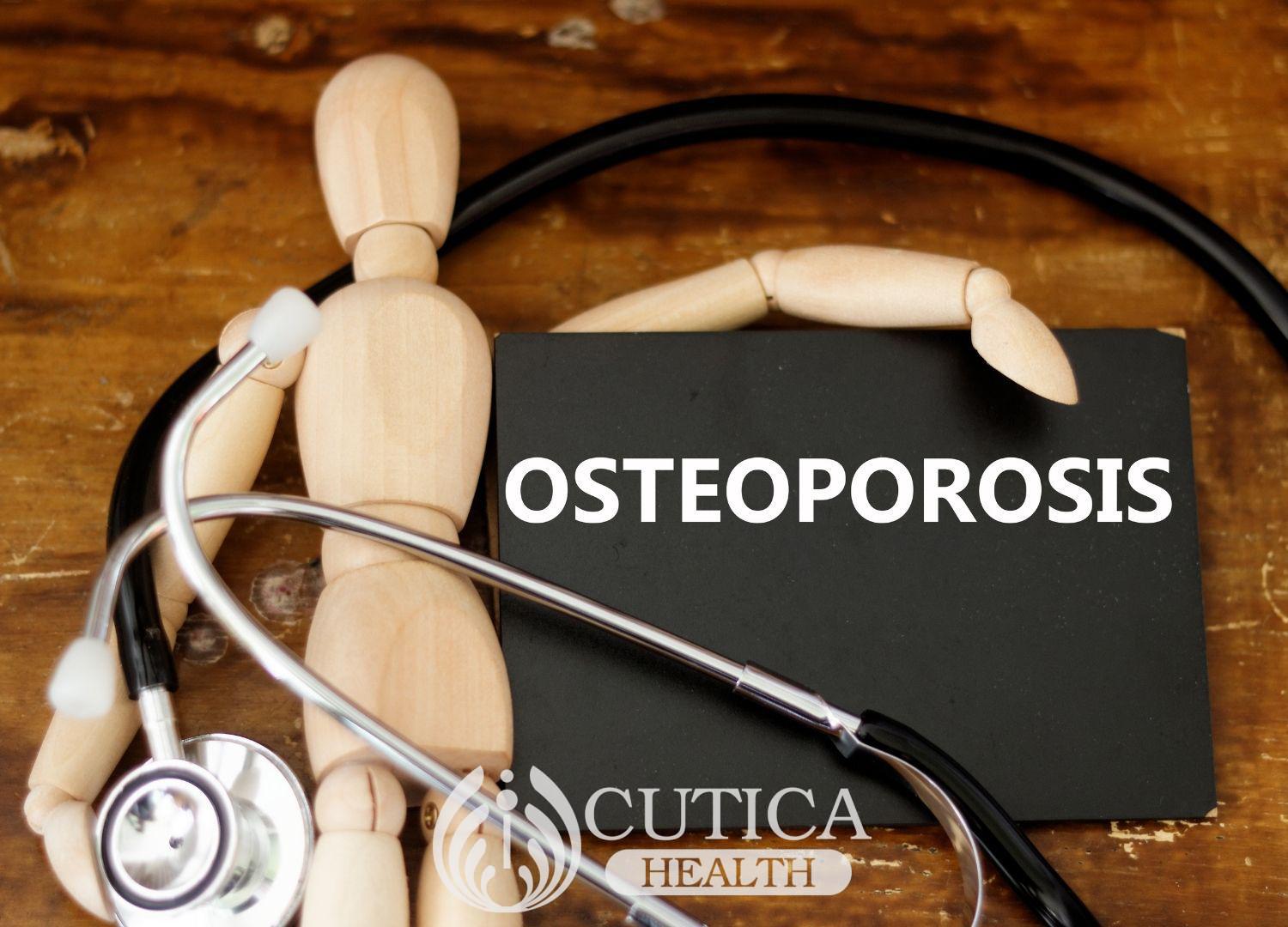
What is Osteoporosis?
Osteoporosis is a word derived from Greek terms: “Osteo” stands for bone and “poros” for pore or hole. Thus, putting these terms together, osteoporosis is a disorder that involves having porous or brittle bones. This brittleness results from a loss of Calcium, which is one of the components of bone that accounts for its strength.
Some sources refer to this disorder as a silent one as there are often no symptoms until a bone fracture occurs. Although osteoporosis is most common seen in the elderly and viewed as the disease of the elderly, young people’s bones are not spared.
Types of osteoporosis
There are various types of osteoporosis including:
- Postmenopausal osteoporosis: This type occurs in women years after menopause. In menopause, there is a decrease in a particular female hormone called estrogen, and this decrease leads to more breakdown of bones. Consequently, osteoporosis occurs.
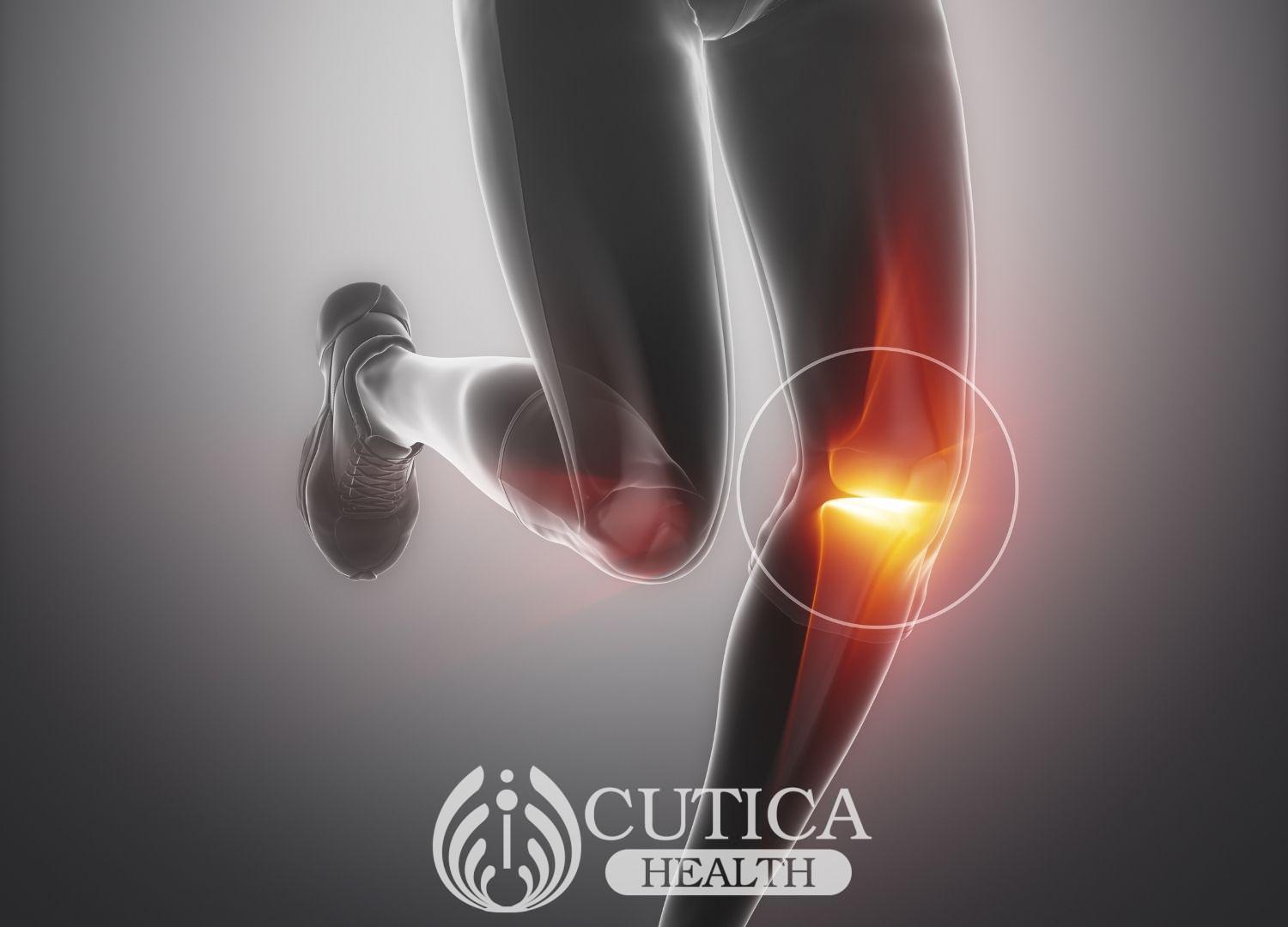
- Post-traumatic osteoporosis: This refers to loss of bone mass resulting from an injury such as an automobile accident. This results from immobilization of limbs following a fracture or poor blood supply following an injury to the blood vessels supplying the bone.
- Senile osteoporosis: This is the type associated with ageing. It typically occurs after age 70. The most affected sites are the hips, wrists and spine.
- Juvenile osteoporosis: As the name implies, this osteoporosis affects children and teenagers. It arises due to underlying medical conditions like diabetes mellitus or hormonal problems.
Signs and symptoms
When symptoms are present, people with osteoporosis tend to experience:
- Back or neck pain due to weakening of bones of the spine (backbone).
- Loss of height over time as the bones of the spine weaken and collapse.
- Bent-over posture.
- Bone fracture, which is a complete or partial break in a bone.
Risk factors for Osteoporosis
These are some factors that increase one’s chances of having osteoporosis:
- Sex: Females are more likely to have osteoporosis than men, especially after menopause.
- Age: the chance of having this disorder increases with age as one loses bone mass with age.
- Family history: If anyone in your family has (had) osteoporosis, you are likely to have it too.
- Previous fractures can weaken one’s bones and make one a likely candidate for osteoporosis.
- Smoking and alcoholism.
- Inadequate intake of vitamin D and calcium
- Prolonged use of corticosteroids
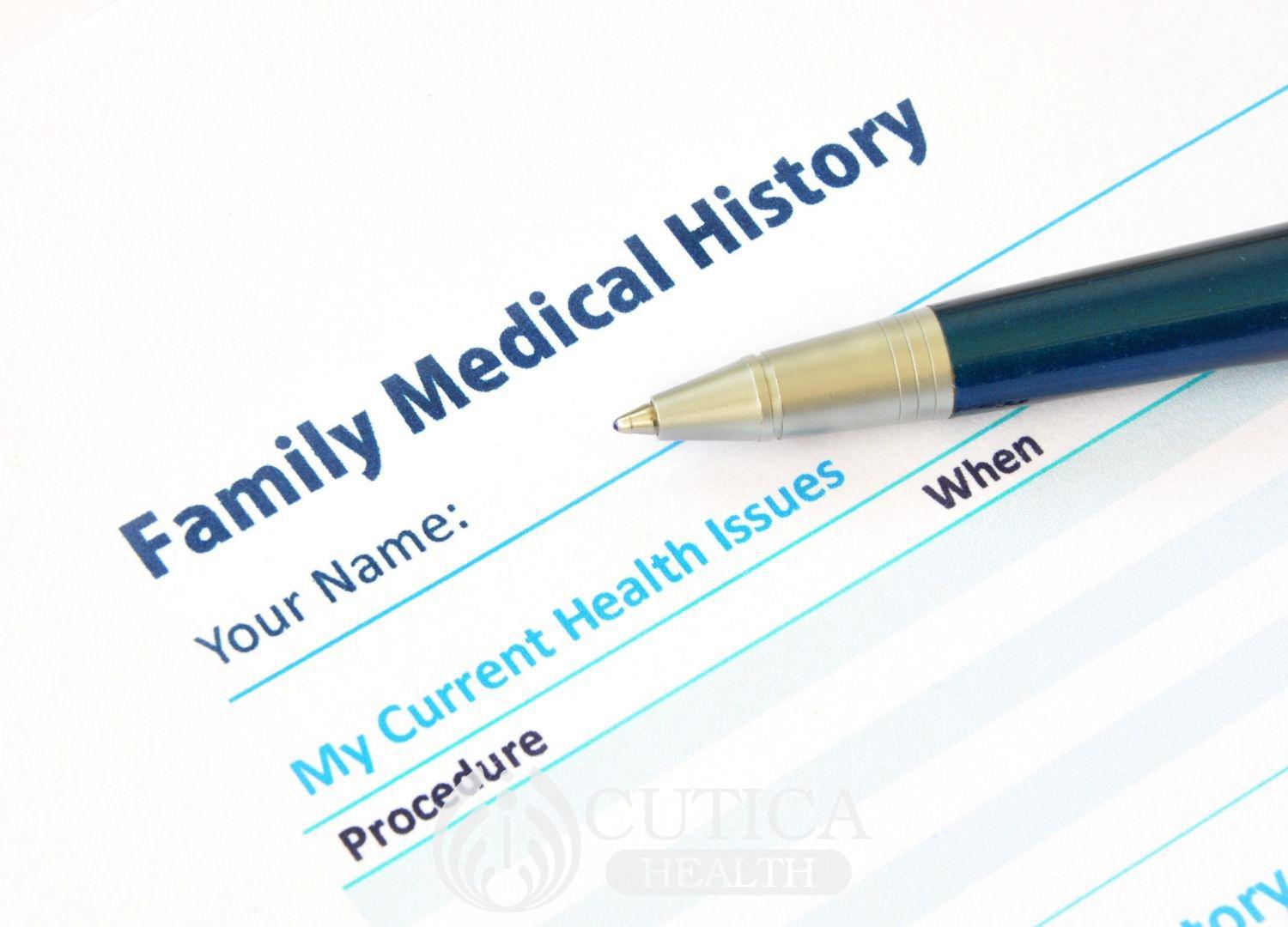
Treatment of Osteoporosis
There is no cure for osteoporosis, but it can be prevented or managed by:
- Exercise: This reduces bone loss and helps strengthen already weak bones.
- Healthy diet: Diet that contains the right amounts of Calcium and Vitamin D is essential for building stronger bones.
- Medications: Since some types of osteoporosis are caused by diseases and hormonal imbalance, drugs meant to treat these conditions are administered to the patient. There are also medications that help to reduce the breakdown of bone in people with osteoporosis.
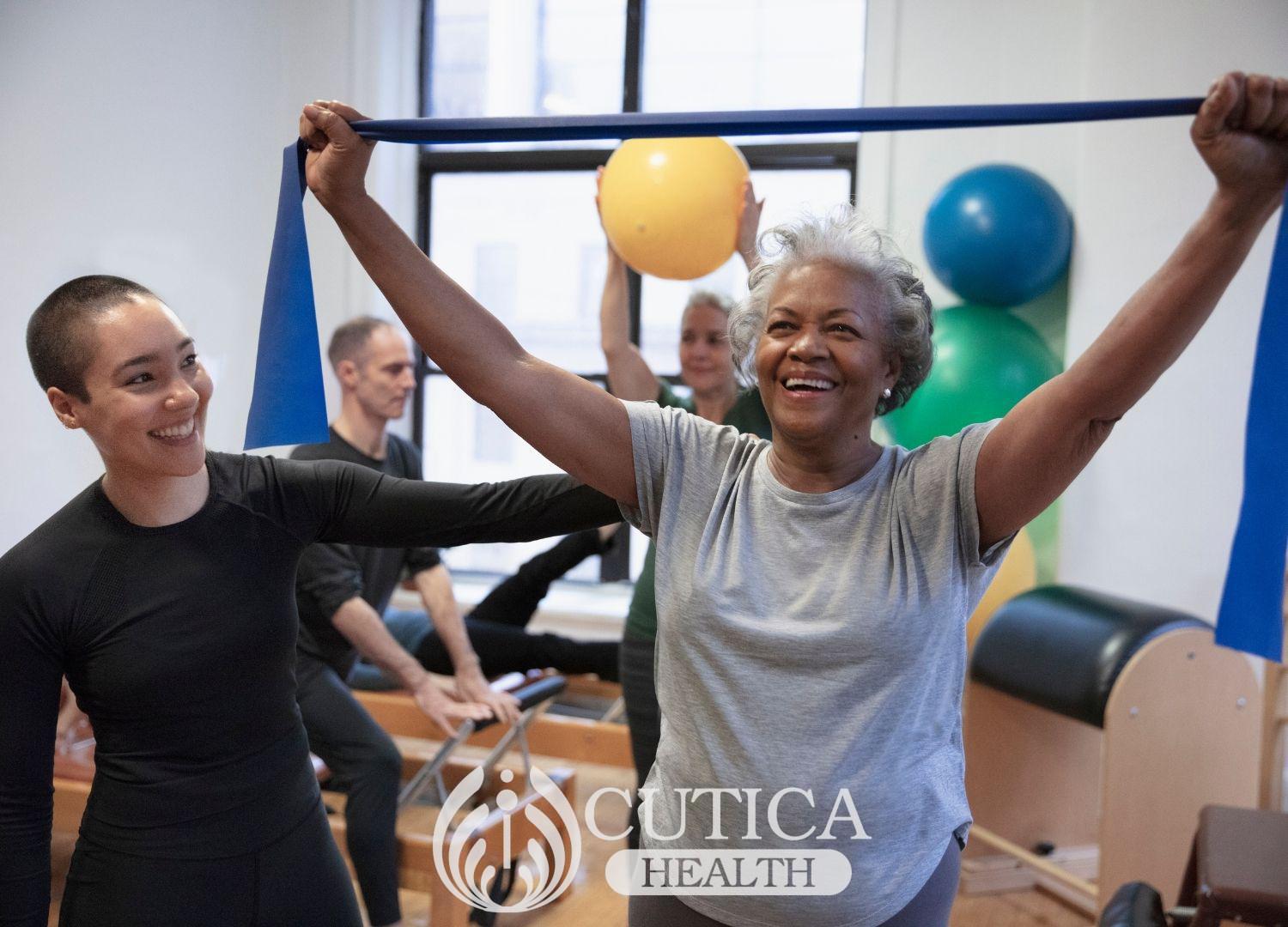
Osteoporosis is a condition where the bone loses its density and strength as a result of calcium loss. It affects women more than men. While many cases are age-related, osteoporosis may also be caused by many conditions, including hormonal problems and calcium-related problems. Speak to your doctor if you have suggestive symptoms or if you want to lower your risk of the disease.




